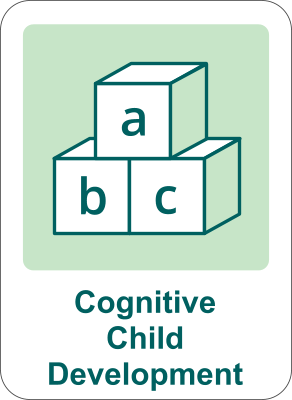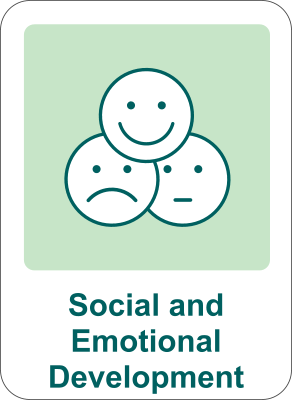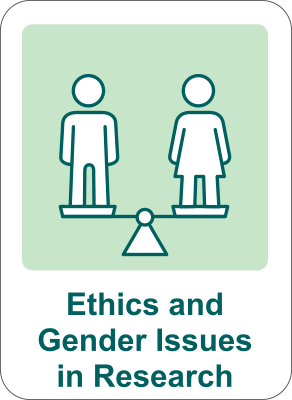Análisis de Apps para la primera infancia
2017Younger children are the least critical and least expert users and yet among the most enthusiastic of mobile devices and tablets. All recent research suggests that children use these devices as early as two years old. The constant search by parents and educators for resources that help children learn, play and be entertained fuels this production and floods the market. The mediated use of technology fosters learning from early childhood and is a potential resource for inclusive education.
Nevertheless, the huge range of options and exposure to interactive digital content, which is often online, also implies a number of risks. The definition of protection underlying the current strategies to protect children is inadequate, as it only extends to reducing children’s exposure to harmful content.
This study proposes an expansion of this definition. The results of the systematic observation of 200 apps for children under eight years of age and principal component analysis support a multidimensional conceptualisation of protection, which, instead of being restricted to the potential risks, also considers aspects related to the educational and inclusive potential of digital resources. Five factors are suggested in order to select these resources and enhance the digital competence of teachers and students. The first factor concerns the use of protection mechanisms and the existence of external interference; the second factor indicates the presence of adaptation tools; exposure to stereotypes corresponds to the third factor; and the last two factors consider the previous knowledge required and the verbal component of the apps.
Publications
- Grané, M., & Crescenzi-Lanna, L. (2021). Improving the Interaction Design of Apps for Children with Special Educational Needs. Journal of Educational Multimedia and Hypermedia (JEMH), 30(1).
- Crescenzi-Lanna, L.; Valente, R. & Suárez, R. (2019). Safe and inclusive educational apps: Digital protection from an ethical and critical perspective. Comunicar. 61, pp.88-97.

2017-2018
5.000 €
PI and Scientific Coordinator: L. Crescenzi-Lanna.
Consell de l’Audiovisual de Catalunya





